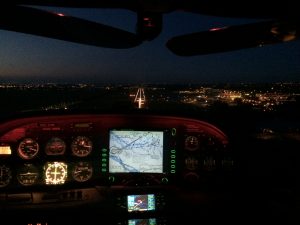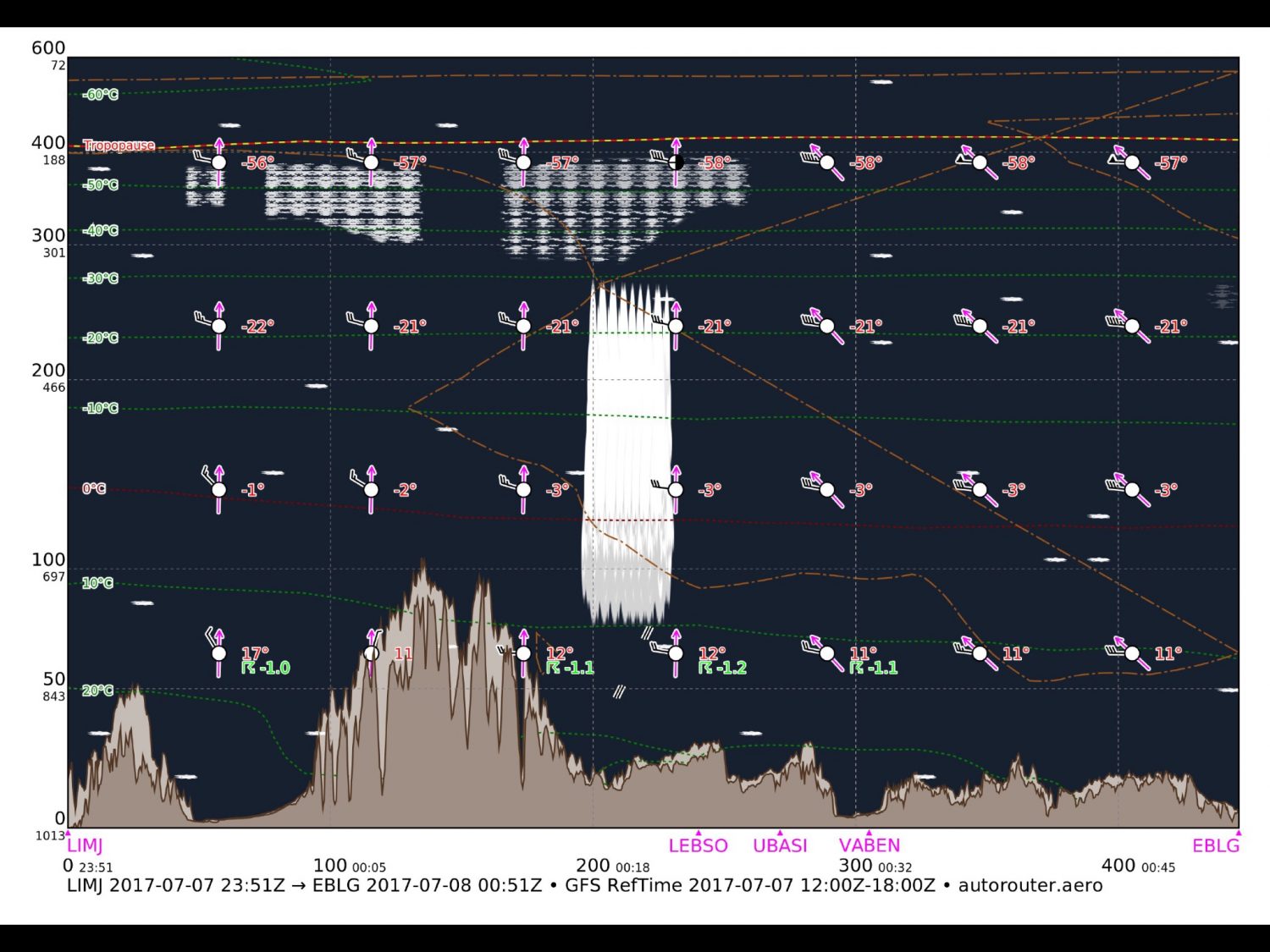By Stefaan Ghijs
Flying is the safest form of transport. This applies to both large and small aircraft. Not only are aircraft kept in top condition, but pilots are also very well trained before they are allowed to act as captain. The only thing air taxis can’t control is the weather.
Private flight weather conditions
Private planes are more weather dependent compared to large commercial planes. It is impossible to give a 100% guarantee for the passage of a flight for every aircraft. The number of delays or cancellations with traditional airlines is about 4%, for small private planes of the type Cirrus SR22 this percentage is about 6-7%.
If there is any concern about the weather, the operations team can foresee this the day before and prepare an alternative plan for the flight. Therefore, the weather is continuously evaluated. The operations department analyzes the weather and keeps in touch with the pilot about the weather on the route. If the weather conditions change, this is immediately assessed and the flight plan is adjusted if necessary.
More often we are asked whether the weather conditions have an impact on our aircraft and operations as we operate with small aircraft. Below we list how weather conditions can influence the flights and how Fly Aeolus deals with this.
VFR
VFR, Visual Flight Rules or visual flight conditions are rules for flying by sight. Fly Aeolus flies to 1600 airports, a large number of which are VFR certified. These airports can have a concrete or grass runway. Approaching or taking off from these airports may only take place in daylight and when visibility is good.

If the cloud cover is too low or if it is foggy, it is not possible to land at such airports and the aircraft will divert to an IFR airport. Instrument Flight Rules are flight rules for air navigation using instruments. IFR airports are equipped with landing instruments that enable an IFR landing.

The advantage of the VFR airports is that they are often closer to your final destination. Since these are often small airports, an additional advantage is that you do not have any waiting times due to security or customs.
Fly Aeolus flight paths always take place under instrument flight rules, even when the weather is good by sight! We can also carry out the approach to VFR airports under visual flight conditions.
IFR
Under instrument flight conditions visibility may be less than under visual flight conditions. This also allows us to perform flights with poorer visibility. The pilot flies entirely on instruments. The height of the flight always takes place at flight level 100, which is equal to 10,000 feet or about 3000 meters (3 km).

Mountains
The average altitude over the mountains is 3 kilometers. If the peaks are higher, we climb to a higher flying height. This altitude is determined during flight preparation in combination with the weather conditions applicable at that time.

Ice
Depending on the flight altitude and weather conditions, ice can build up on the aircraft. The temperature decreases with altitude. If it is 20 degrees on the ground, the temperature at flight altitude can be around freezing. Ice build-up affects aircraft performance. The operations department always discusses the possibility of this effect with the pilot.
When ice builds up, a lower flight altitude will be chosen. If there is still ice on the aircraft, then the Cirrus SR22 aircraft have a system that can remove it.
Wind
Wind is always an important factor in aviation, as you always have to land against the wind. As long as the wind strength remains within the aircraft limits, a side wind with respect to the aircraft is not a problem. Operations can, in consultation with you and the pilot, choose to fly from another airport where the wind is more favorable compared to the runway.
Hail and thunder
Hail and thunder are conditions that are not good for an aircraft, this applies to both large and smaller aircraft. These weather conditions are therefore always avoided. If a thunderstorm or hailstorm is predicted, the pilot can adjust the course to fly around these showers.
The Fly Aeolus operations department keeps a close eye on the weather to ensure that a flight can go according to plan. Where possible, the route or plan will be adjusted to allow for a safe flight and bad weather conditions.
On our blog “All the answers for your questions when hiring an air taxi” you will find answers to many other questions that might come up when you want to book a private flight.
Would you like to know more? Send us your inquiry to info@flyaeolus.com.